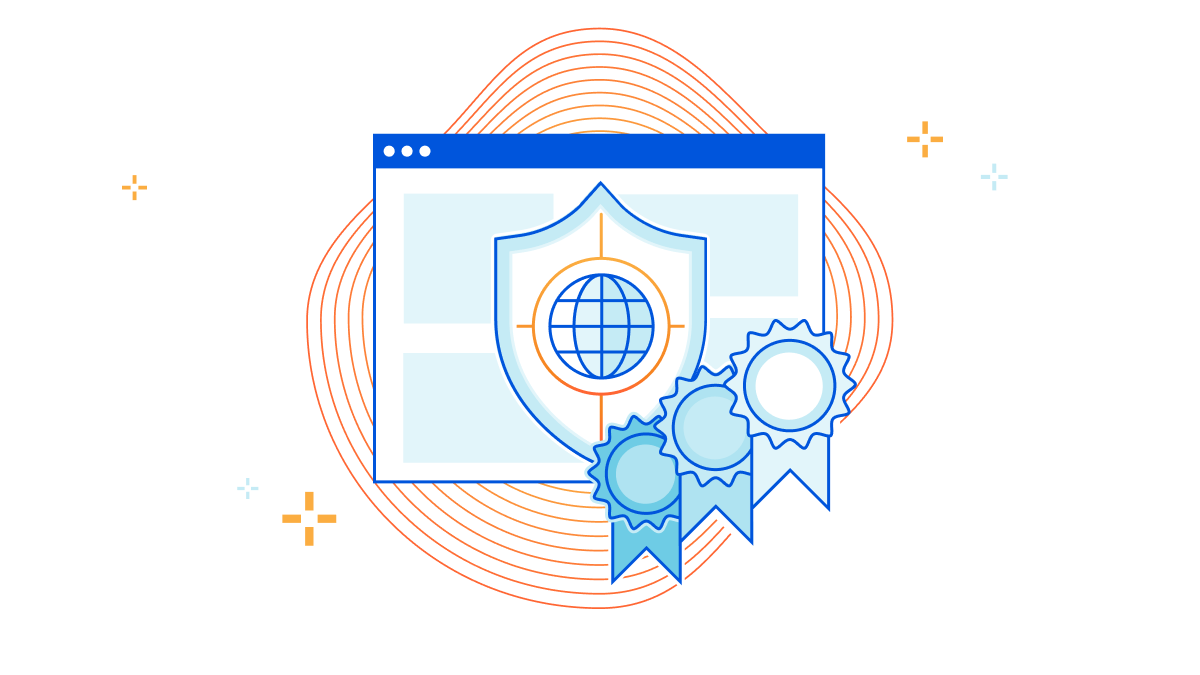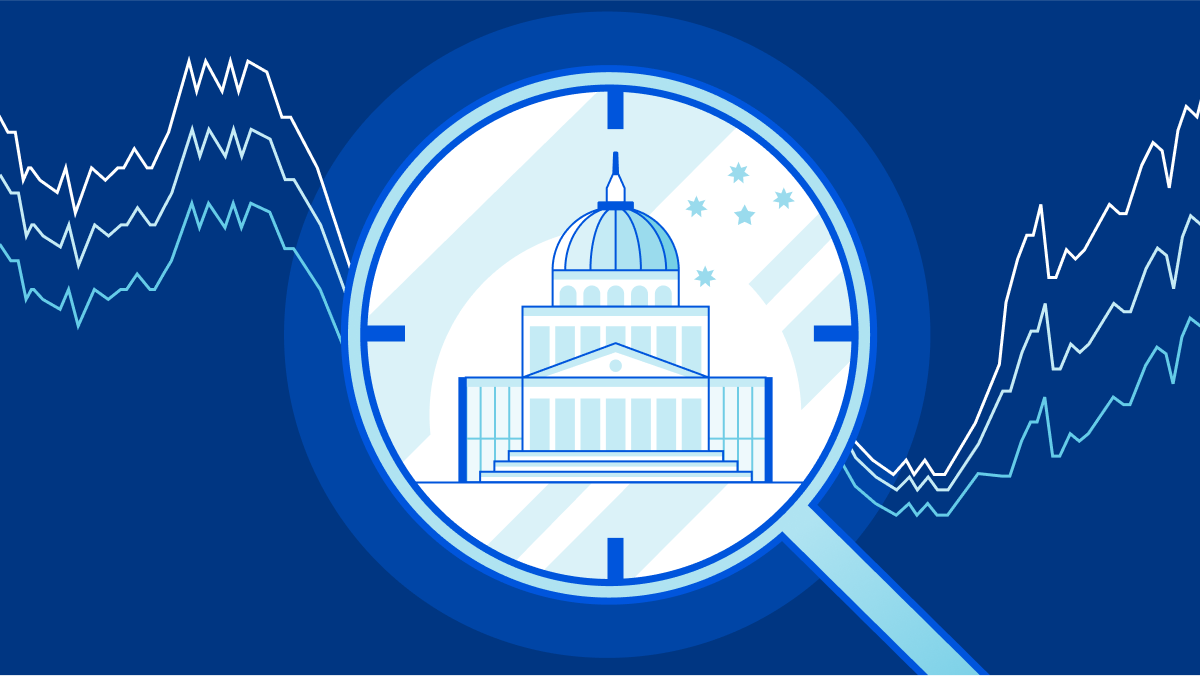Kubernetes Unpacked 022: Kubernetes Networking And Abstraction With Cilium And eBPF
In this episode, Michael catches up with Stephane Karagulmez, Senior Solution Architect at Isovalent (founded by the creators of Cilium). Michael spent a lot of time working with Cilium, which is open-source software that provides networking and observability capabilities for Kubernetes workloads. Cilium is based on another open-source project, eBFP. It's important to understand the details and performance changes when implementing eBPF and removing kube-proxy.
The post Kubernetes Unpacked 022: Kubernetes Networking And Abstraction With Cilium And eBPF appeared first on Packet Pushers.
Kubernetes Unpacked 022: Kubernetes Networking And Abstraction With Cilium And eBPF
In this episode, Michael catches up with Stephane Karagulmez, Senior Solution Architect at Isovalent (founded by the creators of Cilium). Michael spent a lot of time working with Cilium, which is open-source software that provides networking and observability capabilities for Kubernetes workloads. Cilium is based on another open-source project, eBFP. It's important to understand the details and performance changes when implementing eBPF and removing kube-proxy.Dropped packet reason codes in Linux 6+ kernels
Using sFlow to monitor dropped packets describes support for standard sFlow Dropped Packet Notications in the open source Host sFlow agent. This article describes additional capabilities in Linux 6+ kernels that clarify reasons why packets are dropped in the kernel.The recent addition of dropreason.h in Linux 6+ kernels provides detailed reasons for packet drops. The netlink drop_monitor API has been extended to include the NET_DM_ATTR_REASON attribute to report the drop reason, see net_dropmon.h.
The following example illustrates the value of the reason code in explaining Linux packet drops.
tcp_v4_rcv+0x7c/0xef0The value of NET_DM_ATTR_SYMBOL shown above indicates that the packet was dropped in the tcp_v4_rcv function in Linux kernel at memory location 0x7c/0xef0. While this information is helpful, there are many reasons why a TCP packet may be dropped.
NO_SOCKETIn this case, the value of NET_DM_ATTR_REASON shown above indicates that the TCP packet was dropped because no application had opened a socket and so there was nowhere to deliver the packet.
In the case of Linux-based hardware switches or smart network adapters, where packet processing is offloaded to hardware, the netlink drop_monitor events include NET_DM_ATTR_HW_TRAP_GROUP_NAME and NET_DM_ATTR_HW_TRAP_NAME attributes and packet header information supplied by the hardware Continue reading
From IP packets to HTTP: the many faces of our Oxy framework


We have recently introduced Oxy, our Rust-based framework for proxies powering many Cloudflare services and products. Today, we will explain why and how it spans various layers of the OSI model, by handling directly raw IP packets, TCP connections and UDP payloads, all the way up to application protocols such as HTTP and SSH.
On-ramping IP packets
An application built on top of Oxy defines — in a configuration file — the on-ramps that will accept ingress traffic to be proxied to some off-ramp. One of the possibilities is to on-ramp raw IP packets. But why operate at that layer?
The answer is: to power Cloudflare One, our network offering for customers to extend their private networks — such as offices, data centers, cloud networks and roaming users — with the Cloudflare global network. Such private networks operate based on Zero Trust principles, which means every access is authenticated and authorized, contrasting with legacy approaches where you can reach every private service after authenticating once with the Virtual Private Network.
To effectively extend our customer’s private network into ours, we need to support arbitrary protocols that rely on the Internet Protocol (IP). Hence, we on-ramp Cloudflare Continue reading
Helping protect personal information in the cloud, all across the world


Cloudflare has achieved a new EU Cloud Code of Conduct privacy validation, demonstrating GDPR compliance to strengthen trust in cloud services
Internet privacy laws around the globe differ, and in recent years there’s been much written about cross-border data transfers. Many regulations require adequate protections to be in place before personal information flows around the world, as with the European General Data Protection Regulation (GDPR). The law rightly sets a high bar for how organizations must carefully handle personal information, and in drafting the regulation lawmakers anticipated personal data crossing-borders: Chapter V of the regulation covers those transfers specifically.
Whilst transparency on where personal information is stored is important, it’s also critically important how personal information is handled, and how it is kept safe and secure. At Cloudflare, we believe in protecting the privacy of personal information across the world, and we give our customers the tools and the choice on how and where to process their data. Put simply, we require that data is handled and protected in the same, secure, and careful way, whether our customers choose to transfer data across the world, or for it to remain in one country.
And today we are proud to announce Continue reading
Edge Computing in Networking
The post Edge Computing in Networking appeared first on Noction.
ChatGPT on BGP Routing Security
I wanted to include a few examples of BGP bugs causing widespread disruption in the Network Security Fallacies presentation. I tried to find what happened when someone announced beacon prefixes with unknown optional transitive attributes (which should have been passed without complaints but weren’t) without knowing when it happened or who did it.
Trying to find the answer on Google proved to be a Mission Impossible – regardless of how I structured my query, I got tons of results that seemed relevant to a subset of the search words but nowhere near what I was looking for. Maybe I would get luckier with a tool that’s supposed to have ingested all the world’s knowledge and seems to (according to overexcited claims) understand what it’s talking about.
ChatGPT on BGP Routing Security
I wanted to include a few examples of BGP bugs causing widespread disruption in the Network Security Fallacies presentation. I tried to find what happened when someone announced beacon prefixes with unknown optional transitive attributes (which should have been passed without complaints but weren’t) without knowing when it happened or who did it.
Trying to find the answer on Google proved to be a Mission Impossible – regardless of how I structured my query, I got tons of results that seemed relevant to a subset of the search words but nowhere near what I was looking for. Maybe I would get luckier with a tool that’s supposed to have ingested all the world’s knowledge and seems to (according to overexcited claims) understand what it’s talking about.
Hedge 172: Roundtable! SONiC, Open Source, and Complexity
It’s roundtable time at the Hedge! Eyvonne Sharp, Tom Ammon, and I start the conversation talking about the SONiC open source NOS, and then wander into using open source, build versus buy, and finally complexity in design and deployment.
Thanks for listening–if you have an idea for a Hedge episode, would like to be a guest, or know someone you think would be a good guest, let one us know!
Outburst: Bombs Made From USB Sticks Target Journalists
 Show topic from Network Break Episode 423
Show topic from Network Break Episode 423
Outburst: SASE Revenues Reach $6 Billion
 Show topic from Network Break Episode 423
Show topic from Network Break Episode 423
Day Two Cloud 188: Out-Of-Band Management And Infrastructure Automation With ZPE Systems (Sponsored)
On today's Day Two Cloud podcast we talk through out-of-band management network design with sponsor ZPE Systems. If your idea of OOB management is a jump box and some terminal servers, there’s a lot more to the story when you bring automation tooling into the picture. We'll learn how ZPE gear works and talk with customer Vapor IO about using ZPE gear in its edge compute sites.
The post Day Two Cloud 188: Out-Of-Band Management And Infrastructure Automation With ZPE Systems (Sponsored) appeared first on Packet Pushers.
Day Two Cloud 188: Out-Of-Band Management And Infrastructure Automation With ZPE Systems (Sponsored)
On today's Day Two Cloud podcast we talk through out-of-band management network design with sponsor ZPE Systems. If your idea of OOB management is a jump box and some terminal servers, there’s a lot more to the story when you bring automation tooling into the picture. We'll learn how ZPE gear works and talk with customer Vapor IO about using ZPE gear in its edge compute sites.NVIDIA Struts Its Telco Transformation Stuff at GTC, Announces AT&T Adoption of AI
The use of artificial intelligence (AI), and especially GPU-powered AI, can help telcos solve some of their biggest challenges.Killnet and AnonymousSudan DDoS attack Australian university websites, and threaten more attacks — here’s what to do about it


Over the past 24 hours, Cloudflare has observed HTTP DDoS attacks targeting university websites in Australia. Universities were the first of several groups publicly targeted by the pro-Russian hacker group Killnet and their affiliate AnonymousSudan, as revealed in a recent Telegram post. The threat actors called for additional attacks against 8 universities, 10 airports, and 8 hospital websites in Australia beginning on Tuesday, March 28.
Killnet is a loosely formed group of individuals who collaborate via Telegram. Their Telegram channels provide a space for pro-Russian sympathizers to volunteer their expertise by participating in cyberattacks against western interests.

This is not the first time Cloudflare has reported on Killnet activity. On February 2, 2023 we noted in a blog that a pro-Russian hacktivist group — claiming to be part of Killnet — was targeting multiple healthcare organizations in the US. In October 2022, Killnet called to attack US airport websites, and attacked the US Treasury the following month.
As seen with past attacks from this group, these most recent attacks do not seem to be originating from a single botnet, and the attack methods and sources seem to vary, suggesting Continue reading
